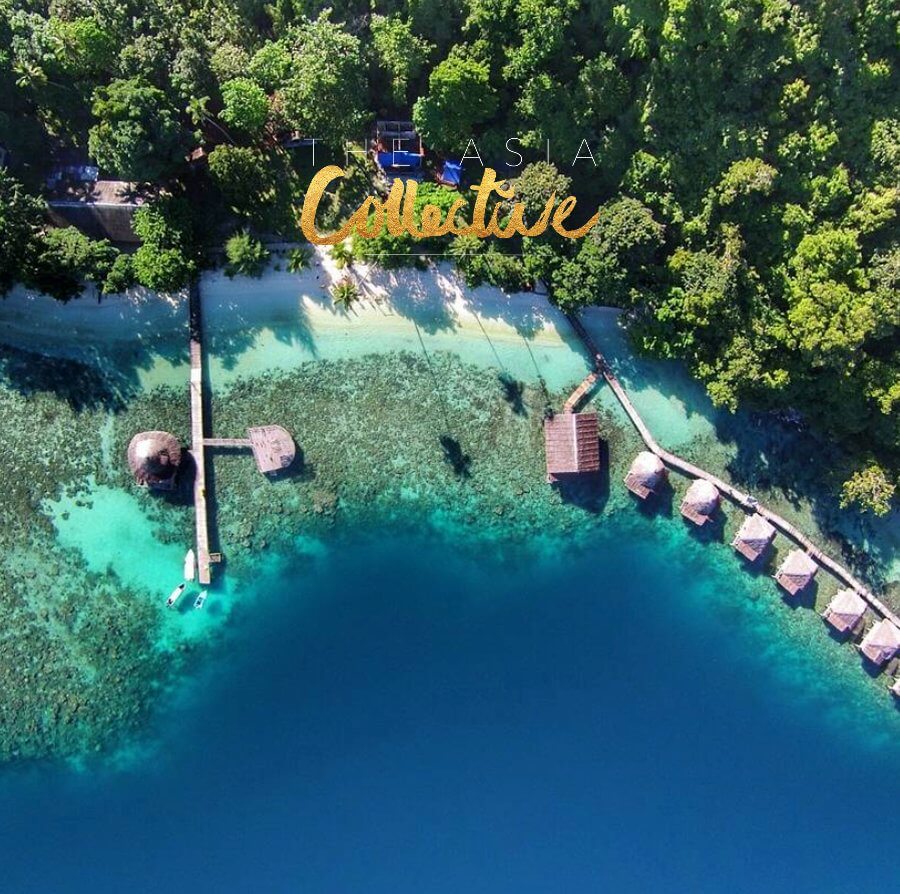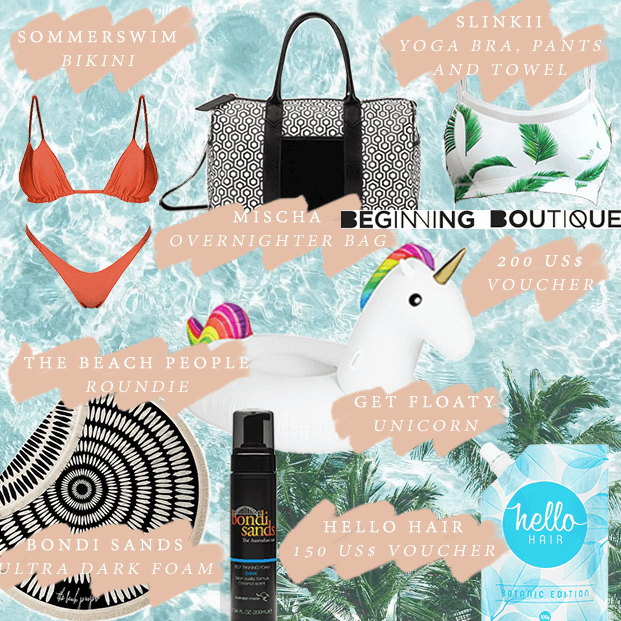Summary of Top Plastic Worm Colors
- Introduction to Soft Plastic Worms
- Best Colors for Plastic Worms
- Individual Preferences and Recommendations
Top Plastic Worm Colors
Soft plastic lures have become an essential choice among anglers for catching various fish species, particularly bass and panfish like crappies and bluegills. These versatile lures come in designs that imitate crawfish, frogs, minnows, and leeches; however, soft plastic worms remain a staple for bass fishermen. Their natural texture is believed to entice game fish, encouraging them to keep the bait in their mouths longer, thus providing more time for anglers to set the hook effectively.
Plastic worms are available in an extensive range of sizes and shapes, and they can be rigged in numerous ways with hooks. Experienced anglers often experiment with different combinations to adapt to varying fishing conditions. In this article, we will explore the diverse colors available for plastic worms and offer insights on their optimal use.
It is essential to note that there are many theories regarding the best worm colors. One commonly suggested guideline is that darker colors are suitable for dark, murky waters, while lighter colors perform better in clearer waters where light penetration is good.
Each expert angler has their distinct theory. For instance, Tom Mann, who founded Mann’s Bait, revolutionized plastic worm color around 1970. His Jelly Worms were available in numerous colors and had appealing scents. Mann famously stated, “I will fish any color worm, as long as it is black.” Similarly, renowned angler Bill Dance remarked in his book that “Any color will work as long as it is blue.”
Manufacturers of plastic worms also provide their recommendations on color selection. Notably, companies like Berkley assert that there is no universal rule for choosing worm colors—only trial and error. The affordability of soft plastic worms allows anglers to stock their tackle boxes with various colors and conduct experiments based on conditions. Although the primary goal is often to make the lure appear as natural as possible, bass may sometimes respond favorably to atypical options.
While personal preferences vary, here are several highly recommended colors:
- Black
Staying true to Tom Mann’s advice, black is a consistent choice. It performs well in all water colors and clarity, mimicking several preferred bass foods such as leeches. When in doubt, black is the go-to color. - Green Pumpkin
This versatile color works in nearly all water conditions. Commonly used for soft plastic lizards and finesse worms, bass respond positively to it due to its natural appearance. - Junebug
This dark purple shade, enhanced with green flakes for shine, shines particularly well in clear water. It often replaces black when a touch of sparkle is desired. - Pumpkinseed
Pumpkinseed lizards, popularized by Zoom Bait Company in the late 1980s, still deliver excellent results, having become the foundation for other variations like green pumpkin. This color was initially created by accident but proved to be a surprising success. - Watermelon
This crisp green color excels in clear water and, while it may blend in, bass tend to locate it easily. Adding red glitter can enhance its attractiveness. - Black Grape
This classic color has been a favorite for years. A dark purple/blue shade, it remains popular among anglers and was especially effective in the 1970s. - Blue
With endorsement from Bill Dance, basic blue is another effective choice across various water colors. Attach a red tail for added visual appeal; a bright-colored tail on a worm can significantly improve its catchability.
Enhancing worms by dip dyeing them for brighter tails or accents is a common strategy among anglers. This technique is particularly effective in heavily fished areas where bass might have become wary of standard colors. Unusual accents can attract their attention and make the bait appear less familiar and therefore safer. Additionally, many color dyes also imbue worms with strong scents that help attract fish. JJ’s Magic is a popular dip and dye known for its variety and garlic scent enhancement.
Laminate worms, which feature two colors (one on each side), can also be effective. A favored option is the NetBait T-Mac Worm in “Bama Bug,” which showcases green pumpkin on one side and Junebug on the other. This design has become a favorite among anglers, especially when used on jigheads.





